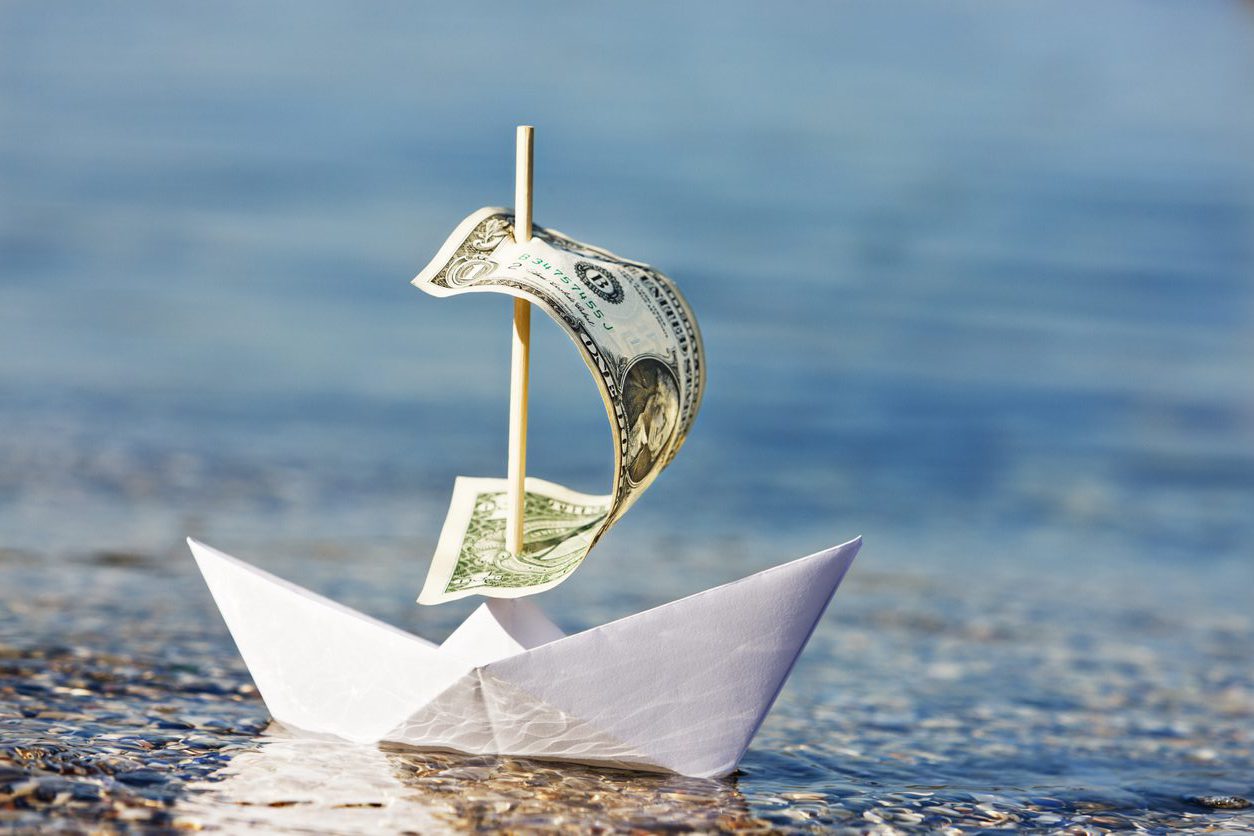Everyday life requires its own set of quintessential purchases. There are things that every budget should account for, like food, water, and shelter. Additionally, there must be a plan for occasional spending on higher-priced items, such as cars, washing machines, and other primary goods. While sinking fund categories vary from household to household, the steps to obtain the resources are mainly the same.
Why Do I Need a Sinking Fund?
A sinking fund is necessary because it keeps people out of financial hardship. Instead of being caught off guard, the household creates a plan to save for larger purchases. For instance, if your vehicle starts to act up, it may be wise to set aside a few dollars every month to pay for a future trip to a mechanic.
We need sinking funds as much as we need emergency cash. Both are essential to our budget and keep us financially afloat.
How is this different than a savings fund?
In brief, the difference between a savings balance and a sinking fund lies within their ambition. Although you could be an aggressive saver that pays yourself first, the use is still not as immediate as something that falls under one of the sinking fund categories. Hypothetically speaking, we can break down the differences using the following:
Emergency fund– For immediate, unplanned expenses.
Sinking fund– For anticipated expenses, usually within a year.
Savings fund– For retirement or separation from income.
Store sinking funds in conjunction with your regular accounts. The importance is not necessarily where they are kept, but how they are used. It is crucial to add them as an expense within your monthly budget. If you need $500 for an investment, then declare to complete your sinking fund by saving $100 for five months. Although your money is mixed within your pre-existing accounts, do not “tap into” the set-aside balance.
In theory, since they are part of your budget, there should be more than enough room to let them build. After the set time exceeds, the funds can be withdrawn for use.
Primary sinking fund categories
Making a strategy for upcoming expenses can fall under a giant umbrella of choices. Therefore, it’s important to stay informed. While the list does not cover every possible situation, below are the most regularly-used divisions.
Medical and dental procedures
Non-emergency medical or dental expenditures typically require large payments. If there are no detriments to health, patients should wait until they have the reserves to pay for their procedures.
Vehicle purchases
The expense of buying a car can set a family back thousands. Even after proper vehicle maintenance, there may be times when a new set of wheels is the better option. In anticipation of a dealer or private purchase, make room in your budget accordingly.
Back-to-school expenses
August marks the beginning of a new school year. Regardless if it’s home, virtual, or in-class learning, there are bound to be back-to-school costs for supplies.
Tuition
College students can decrease debt by saving ahead for school tuition. Rather than borrowing money, consider a plan to pace schooling based on funds.
Vacations
Vacations are one of our favorite sinking fund categories. Not only are they fun, but they can help to flex our budgeting muscle. Saving up for a vacation requires dedication and discipline. The final result proves why it’s worth setting up a sinking fund in the first place.








